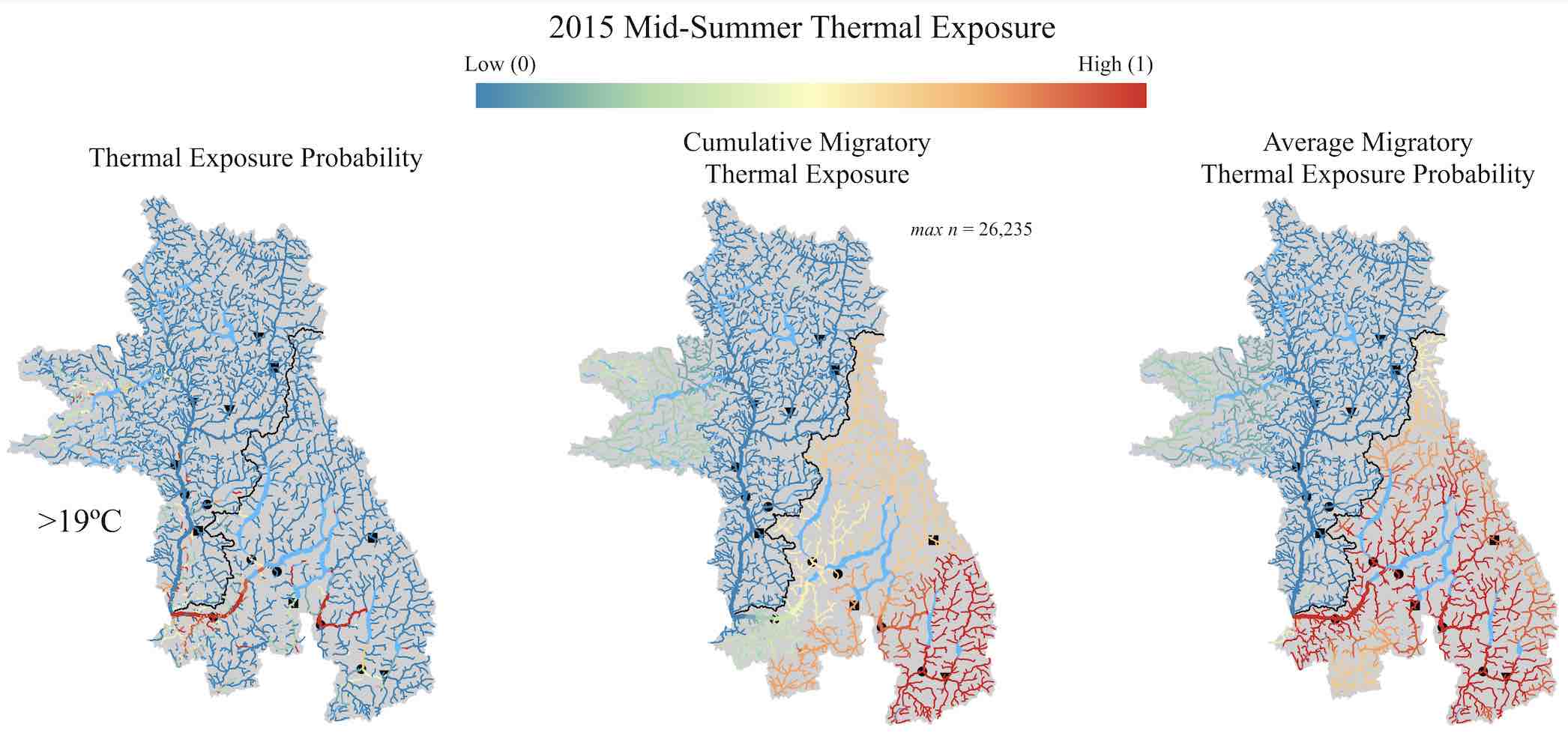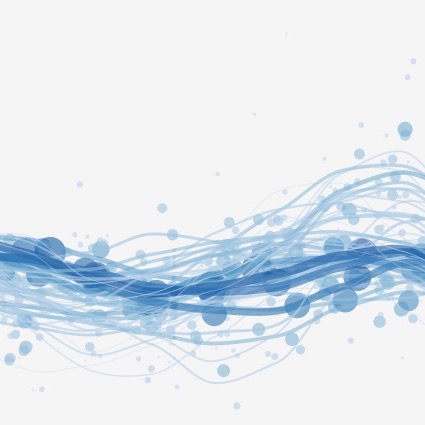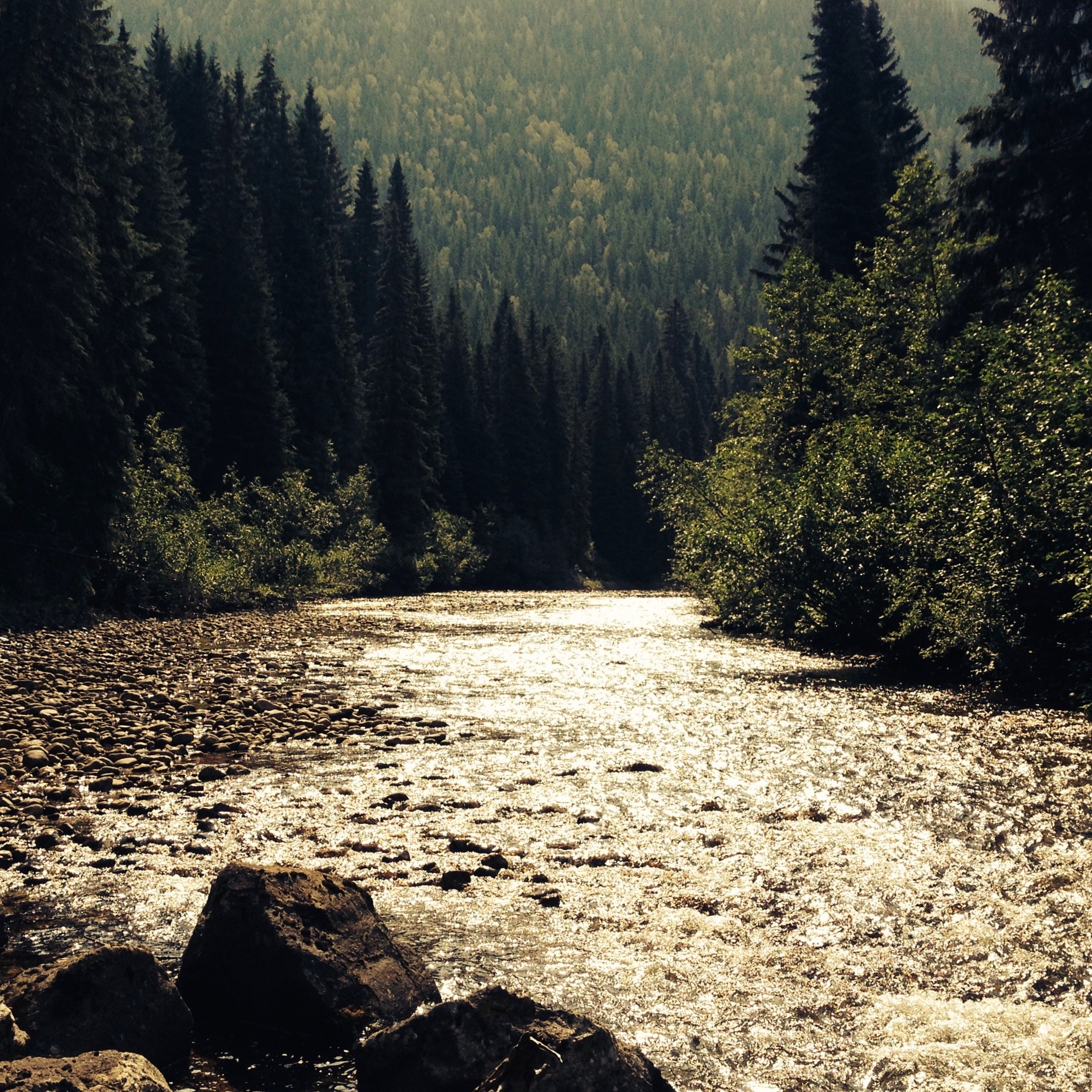About Me
I'm a data scientist interested in exploring ideas and solving challenging problems with data. In January of 2019 I received my PhD from the Department of Biological Sciences at Simon Fraser University studying river networks and climate change. My research revealed river network structure controls patterns of climate change impacts on river ecosystems.
Working at spatial scales the size of the United Kingdom and over time periods spanning decades, I've become adept at gathering, munging and integrating high volume data of various types and building models of inferences.
I've also become keenly interested and adept at data visualization. Communicating the scope of a problem, the results of an analysis or the limitations of an algorithm is essential for maximizing the value of data. In my work I aim to build beautiful, succinct and interactive figures that encourage engagement and facilitate understanding.











